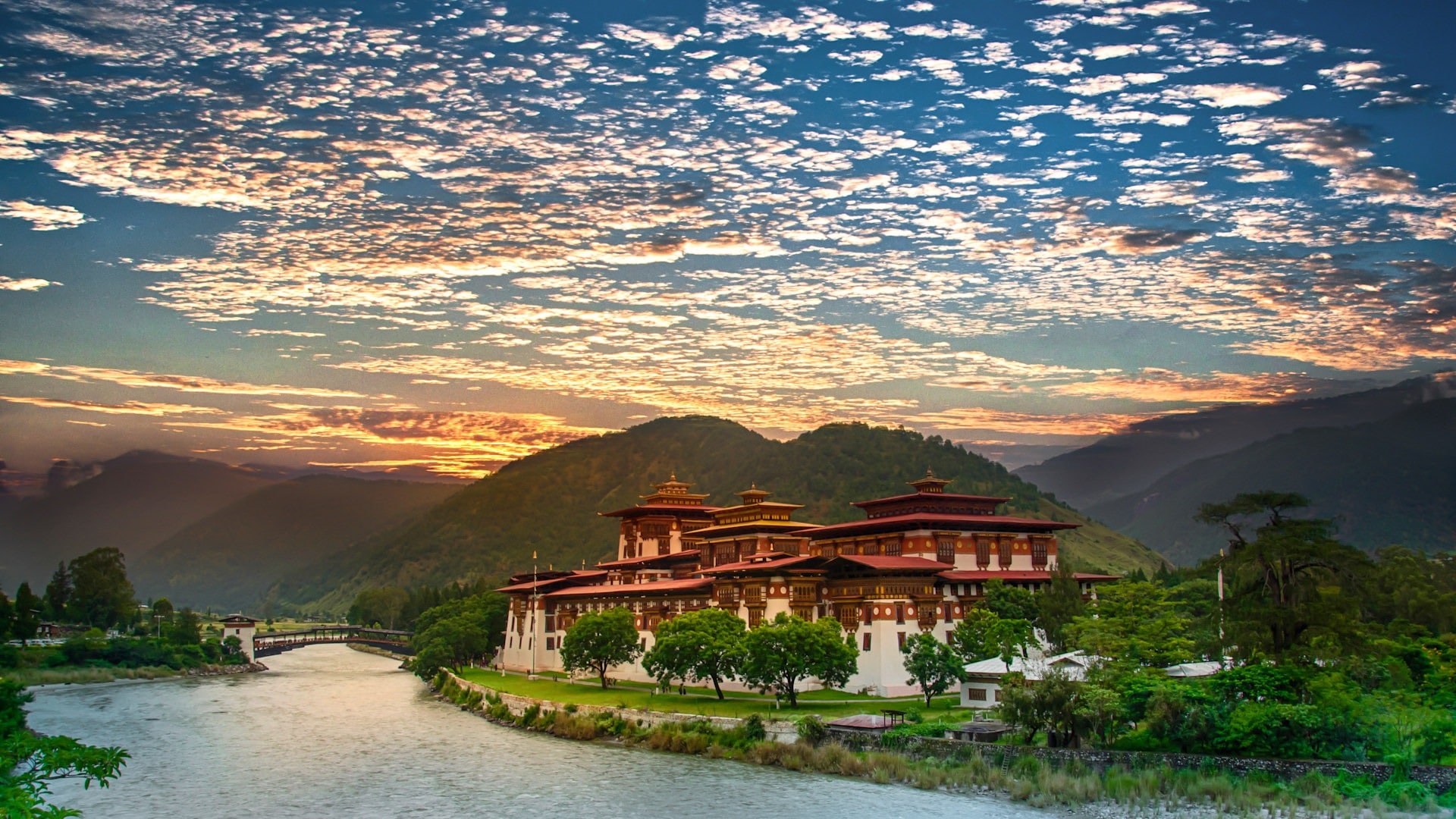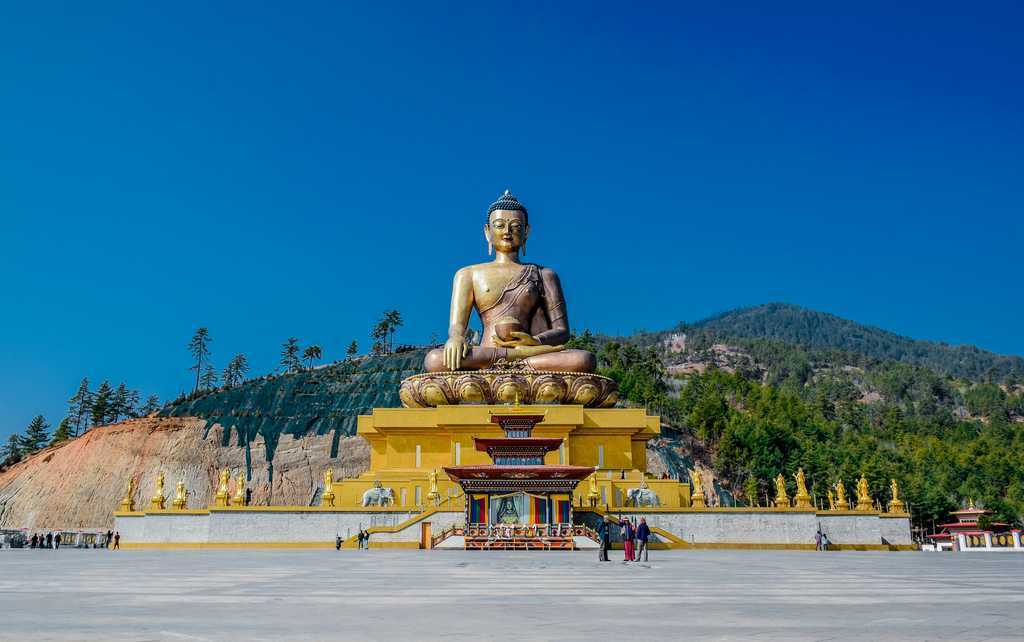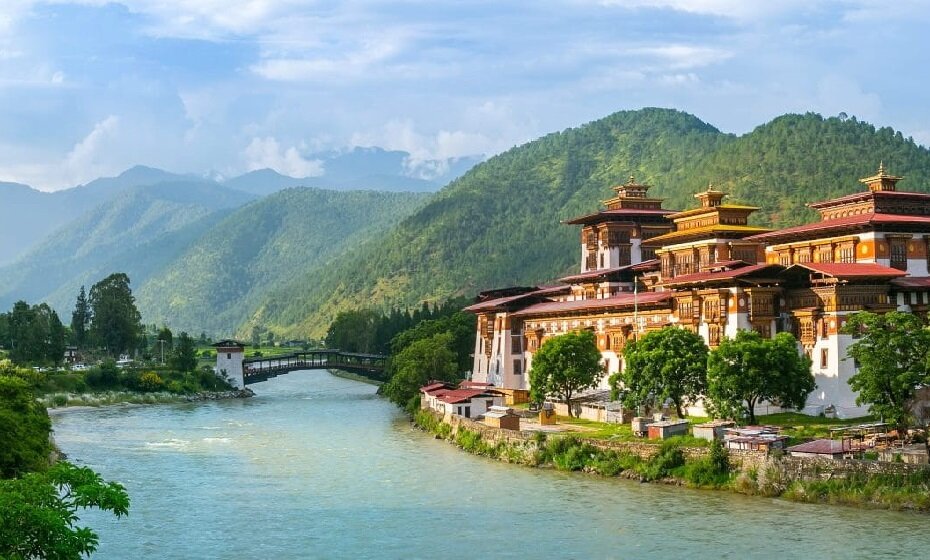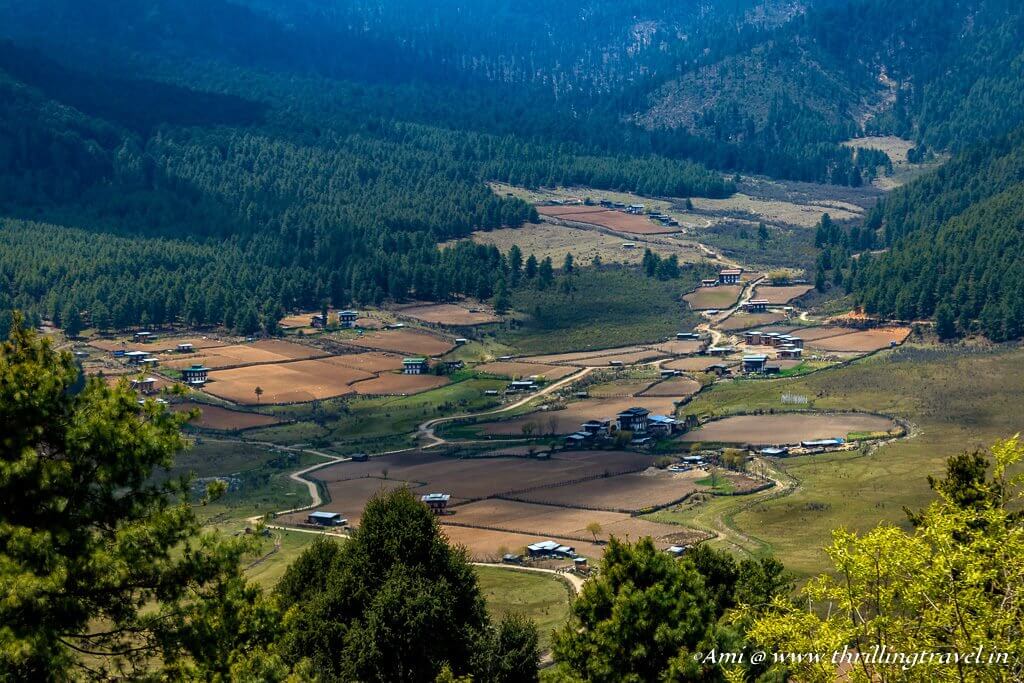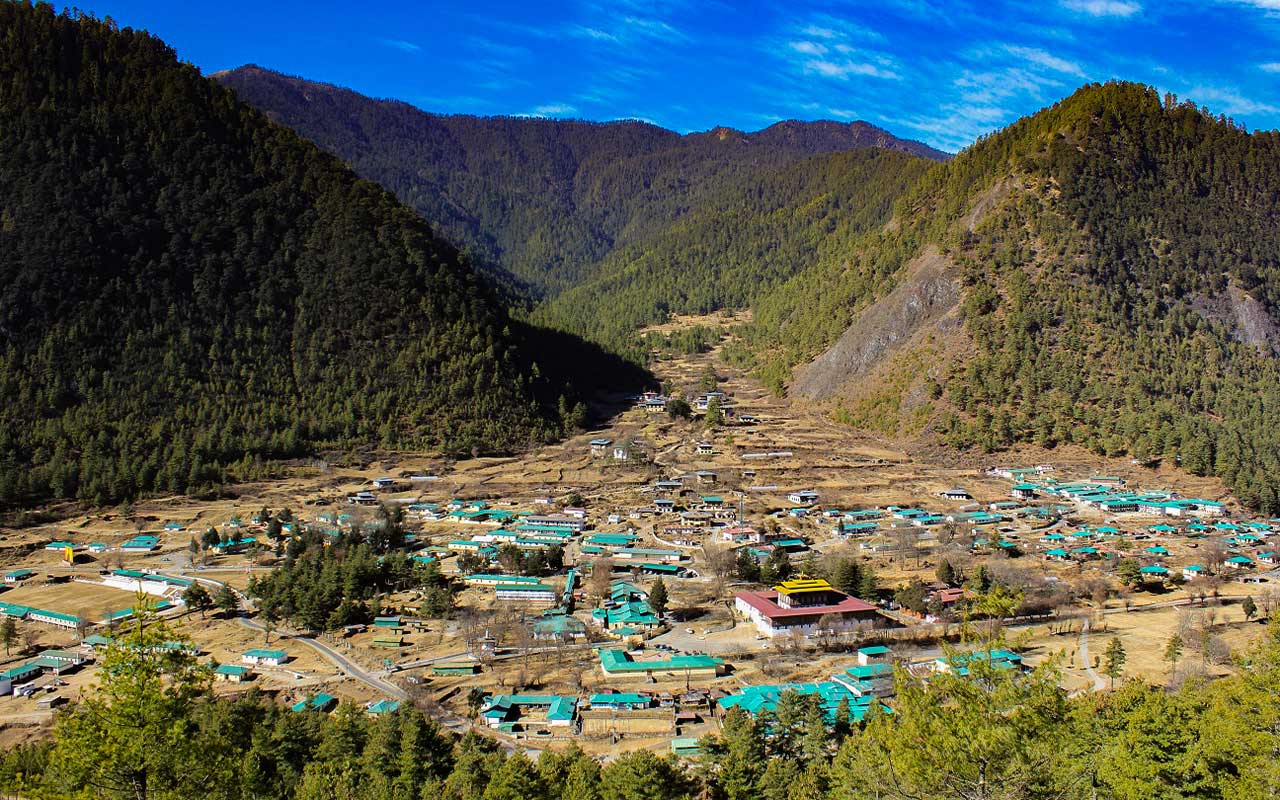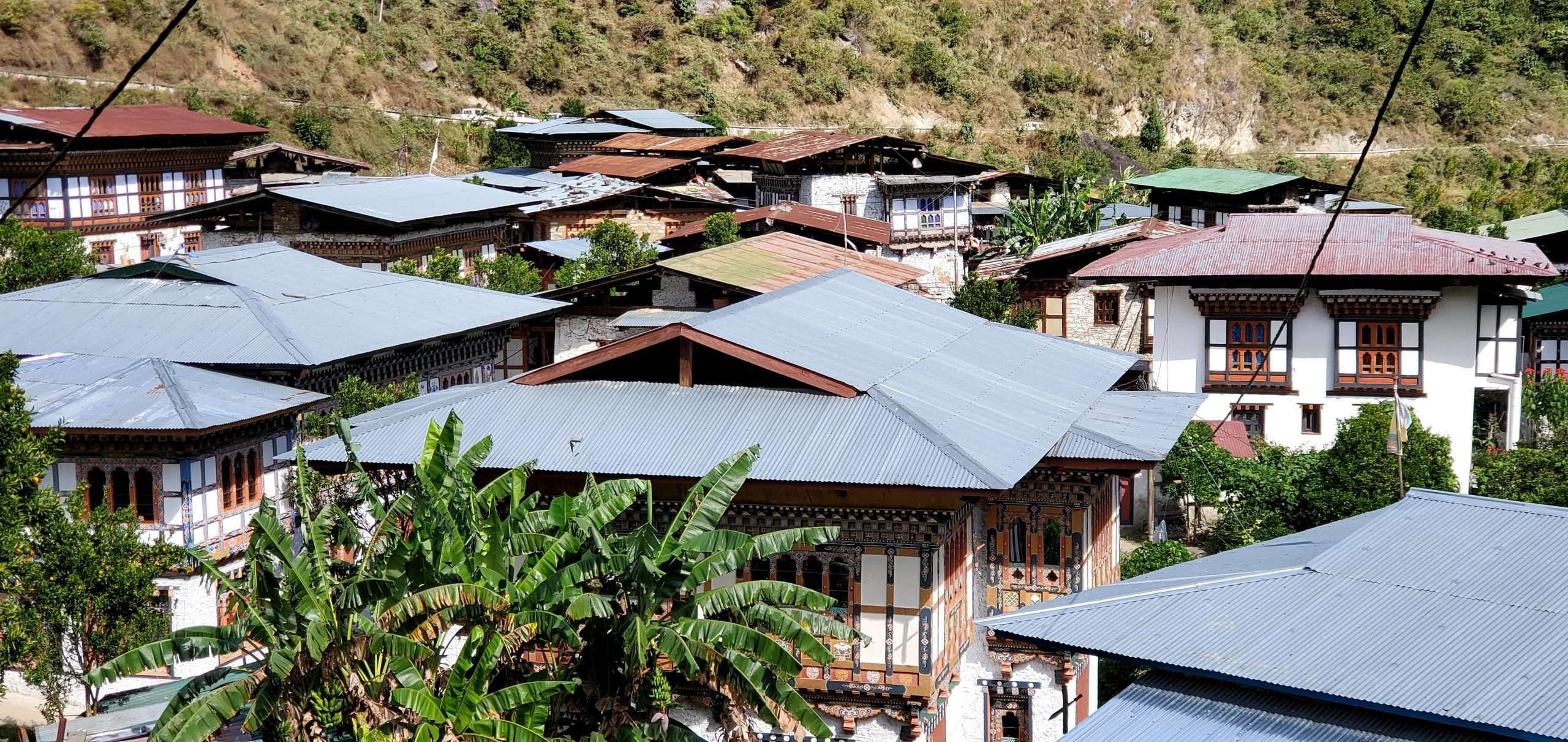Paro Sightseeing Places
Paro, located in the heart of Bhutan, is one of the country’s most charming and culturally rich destinations. Nestled within the stunning Paro Valley, it offers a perfect mix of natural beauty, historical landmarks, and spiritual sites. Among its most iconic attractions is the Tiger’s Nest Monastery (Paro Taktsang), which clings dramatically to the cliffs of the upper Paro Valley. A symbol of Bhutanese spirituality, this sacred site is linked to the legendary journey of Guru Rinpoche and is a must-visit for anyone coming to Bhutan. The trek ...
to Tiger’s Nest is both challenging and rewarding, offering stunning views of the valley below. Another must-see in Paro is the Rinpung Dzong, also known as the Paro Dzong. This fortress-monastery, built in the 17th century, serves as the administrative center of the district and is a key site for Bhutanese festivals, particularly the famous Paro Tsechu. Visitors can admire its grand architecture, beautiful courtyards, and intricate wall paintings that depict Bhutanese history and culture. Just a short walk away is the National Museum of Bhutan, housed in the former Ta Dzong, which offers an extensive collection of Bhutanese artifacts, including traditional costumes, weapons, and religious relics. Paro is also home to the serene Kyichu Lhakhang, one of Bhutan’s oldest and most sacred temples, built in the 7th century. This temple is an important pilgrimage site, with a peaceful atmosphere that invites visitors to pause and reflect. For a panoramic view of the Himalayas, Chele La Pass is an ideal spot, located at an altitude of 3,988 meters, offering breathtaking views of Mount Jomolhari and surrounding peaks. Paro seamlessly blends natural beauty, historical landmarks, and spiritual sites, making it one of Bhutan's most fascinating destinations to explore.
Quick Navigation
1. Tigers Nest Monastery Paro Taktsang
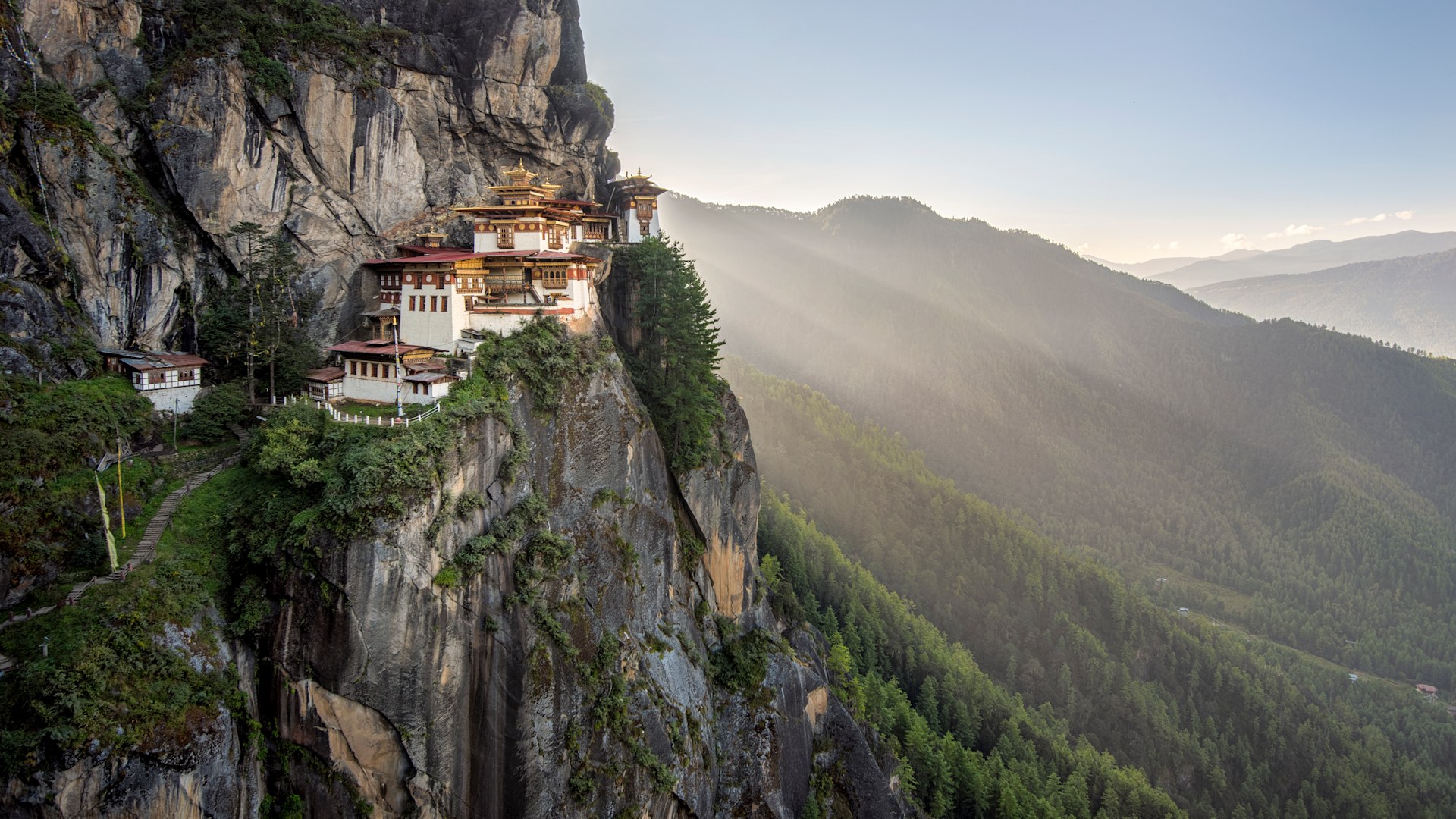 ( Tigers Nest Monastery Paro Taktsang is the most visited sightseeing place in bhutan and mostly tourists must visit here )
( Tigers Nest Monastery Paro Taktsang is the most visited sightseeing place in bhutan and mostly tourists must visit here )
Paro Taktsang (Tiger’s Nest Monastery)
Paro Taktsang, also known as Tiger’s Nest Monastery, is one of the most iconic landmarks in Bhutan and an absolute must-see for visitors. Situated at an altitude of 3,120 meters (10,240 feet) on a cliffside in the Paro Valley, the monastery offers stunning views and a deeply spiritual atmosphere. The monastery is believed to have been built in 1692, but the site’s significance dates back to the 8th century, when Guru Rinpoche, a revered spiritual figure in Bhutan, meditated here after flying on the back of a tiger.
This legendary association with the tiger adds a mystical allure to the place. The monastery is composed of four temples and various caves, with the main temple housing sacred relics and murals depicting Guru Rinpoche's life. Reaching the monastery requires a hike, which takes about 3 to 4 hours, depending on one's pace.
2. Rinpung Dzong
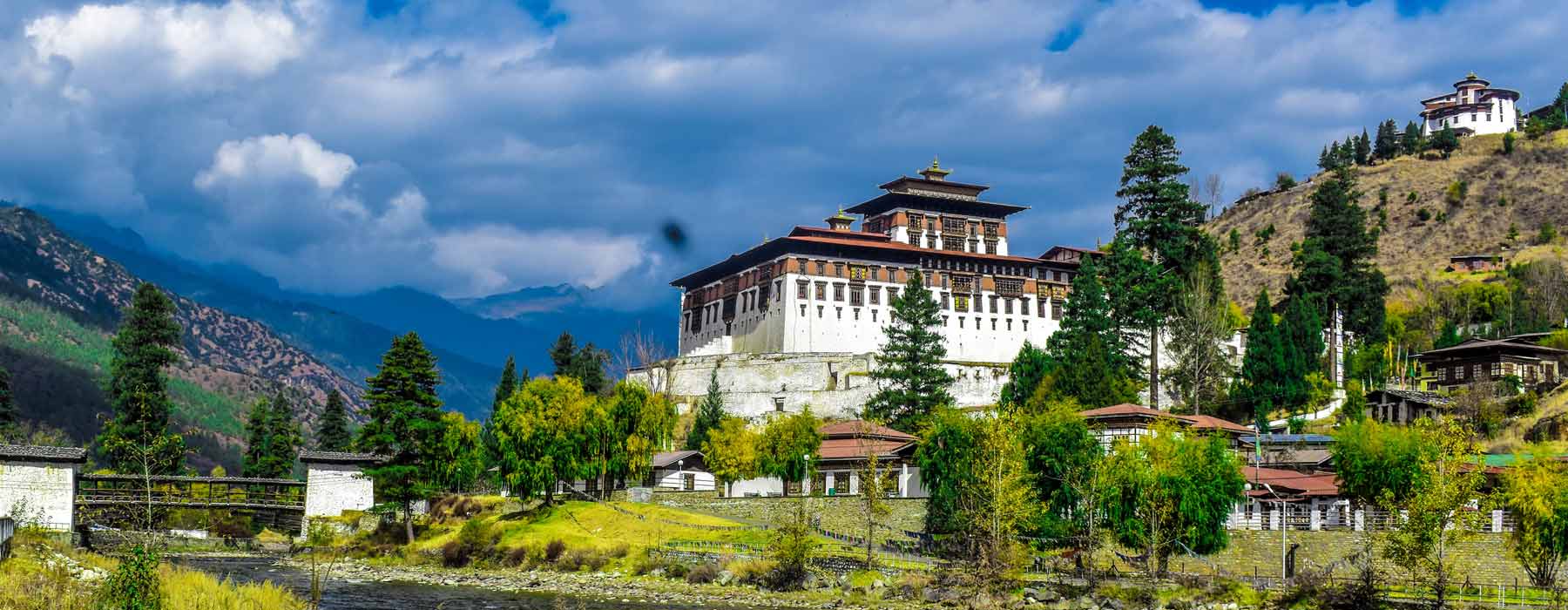 ( Rinpung Dzong is the most visited sightseeing place in bhutan and mostly tourists must visit here )
( Rinpung Dzong is the most visited sightseeing place in bhutan and mostly tourists must visit here )
Rinpung Dzong
Paro Rinpung Dzong, also known as the Paro Fortress, is a majestic structure located on the banks of the Paro River. Built in the 15th century by the Shabdrung Ngawang Namgyal, the dzong is one of Bhutan’s most important religious and administrative centers. The dzong’s name, meaning "fortress on a heap of jewels," reflects its significance in Bhutanese history.
It houses several temples, and the monk body of Paro Dzong is responsible for the administration of the district. The structure itself is a masterpiece of Bhutanese architecture, with beautiful wooden windows, intricately carved beams, and painted walls depicting scenes from Buddhist teachings. The dzong's most significant feature is the Utse, a central tower that rises above the surrounding buildings and offers a panoramic view of the valley.
3. Drukgyel Dzong
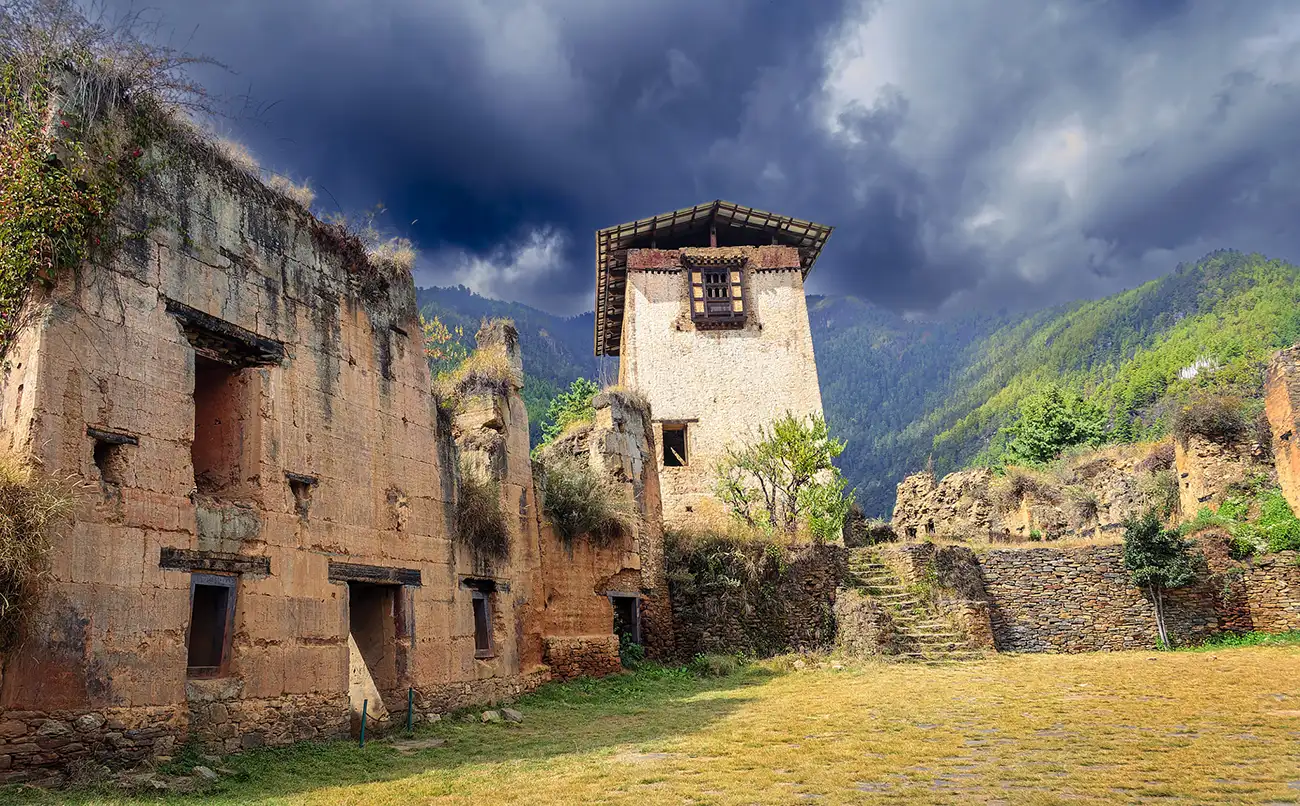 ( Drukgyel Dzong is the most visited sightseeing place in bhutan and mostly tourists must visit here )
( Drukgyel Dzong is the most visited sightseeing place in bhutan and mostly tourists must visit here )
Drukgyel Dzong Sightseeing
Located on the outskirts of Paro Valley, Drukgyel Dzong stands as a historic monument and a testament to Bhutan’s resistance against invasions. The dzong was originally built in the 17th century to commemorate Bhutan's victory over Tibetan invaders. The name "Drukgyel" translates to "Victory" in Dzongkha, symbolizing the fortress's role in protecting Bhutan from external threats.
Although the dzong was damaged by fire in the 1950s, it still remains an important historical site and offers visitors a glimpse into Bhutan's military history. The dzong was strategically positioned at the top of a hill, providing sweeping views of the Paro Valley and the surrounding mountains, including the majestic Mount Jomolhari.
4. Kyichu Lhakhang
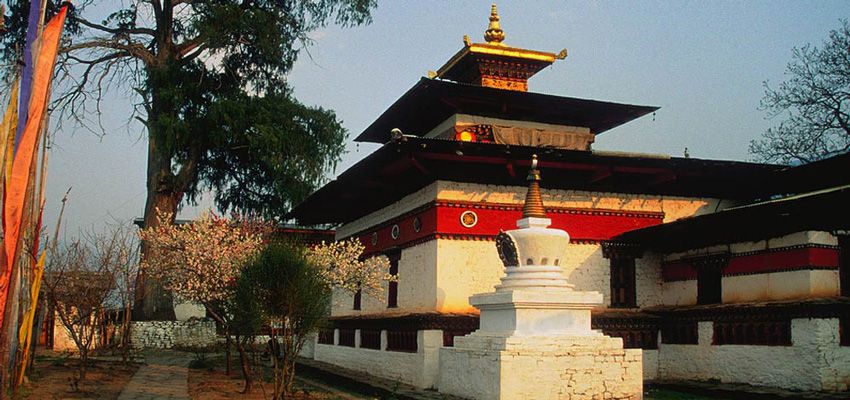 ( Kyichu Lhakhang is the most visited sightseeing place in bhutan and mostly tourists must visit here )
( Kyichu Lhakhang is the most visited sightseeing place in bhutan and mostly tourists must visit here )
Kyichu Lhakhang Sightseeing
Kyichu Lhakhang, one of the oldest and most significant temples in Bhutan, is located just outside the town of Paro. The temple was built in the 7th century by King Songtsen Gampo of Tibet, who is credited with uniting Bhutan and Tibet. The temple is part of a series of temples built by the king to subdue a demon that was believed to be obstructing the spread of Buddhism in the region.
The architecture of Kyichu Lhakhang is simple yet elegant, with beautiful murals and carvings inside. The temple is an important pilgrimage site for Bhutanese Buddhists, and it’s known for its peaceful and serene atmosphere. The inner courtyard features two temples, and visitors can observe monks as they go about their daily prayers and rituals.
5. National Museum of Bhutan Ta Dzong
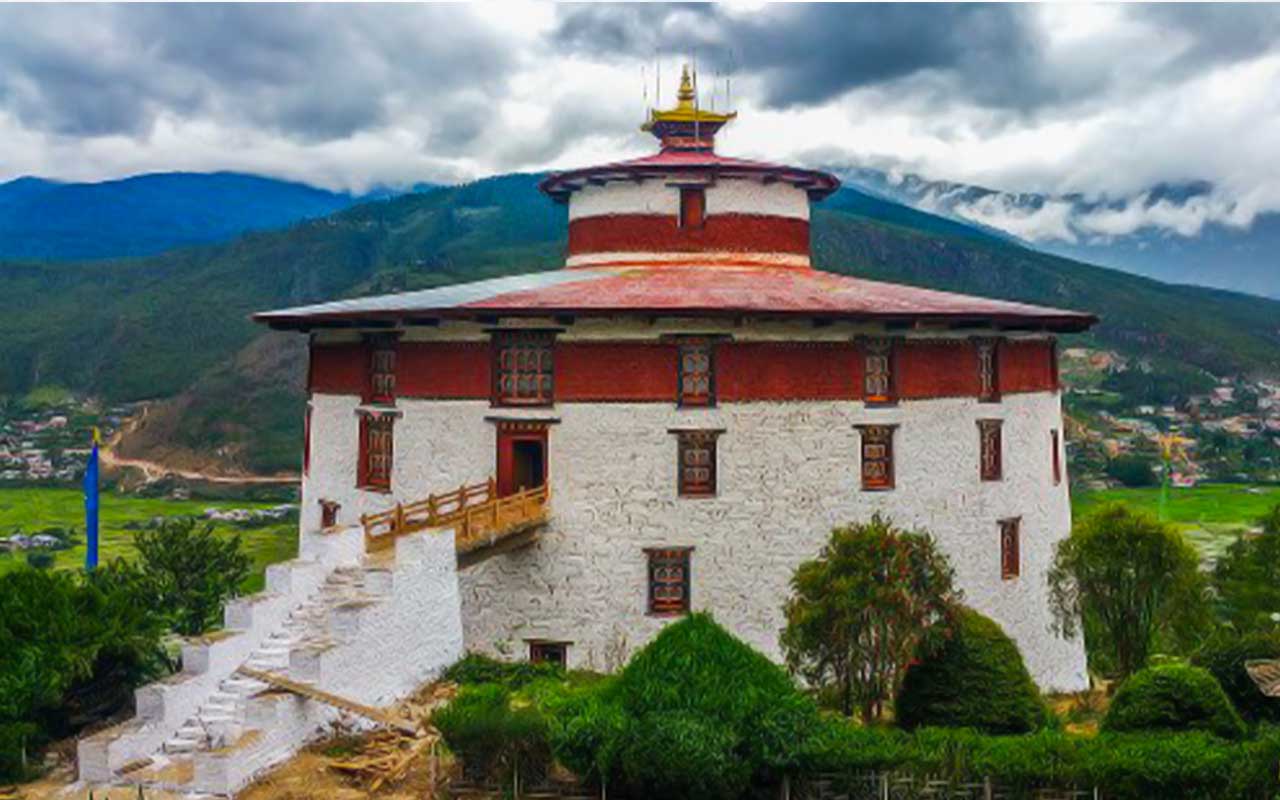 ( National Museum of Bhutan Ta Dzong is the most visited sightseeing place in bhutan and mostly tourists must visit here )
( National Museum of Bhutan Ta Dzong is the most visited sightseeing place in bhutan and mostly tourists must visit here )
National Museum of Bhutan (Ta Dzong)
The National Museum of Bhutan, located in the Ta Dzong building, is an essential stop for anyone wanting to delve deeper into Bhutanese culture and history. The Ta Dzong itself is a historical structure, originally built as a watchtower in the 17th century to protect the Paro Dzong from potential invasions. Today, it houses a comprehensive collection of artifacts that showcase Bhutan's rich cultural and historical heritage.
The museum’s exhibits include traditional Bhutanese attire, religious statues, and artifacts, as well as displays about the country's natural history, including its flora, fauna, and the significance of the Himalayas to the Bhutanese people. One of the most intriguing parts of the museum is its collection of ancient Bhutanese weapons, armor, and other items related to Bhutan’s military history.
Categories

Request a call back
Our experts would love to create a package just for you!







